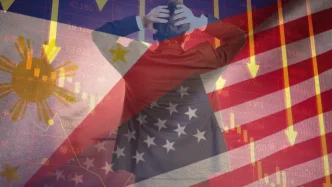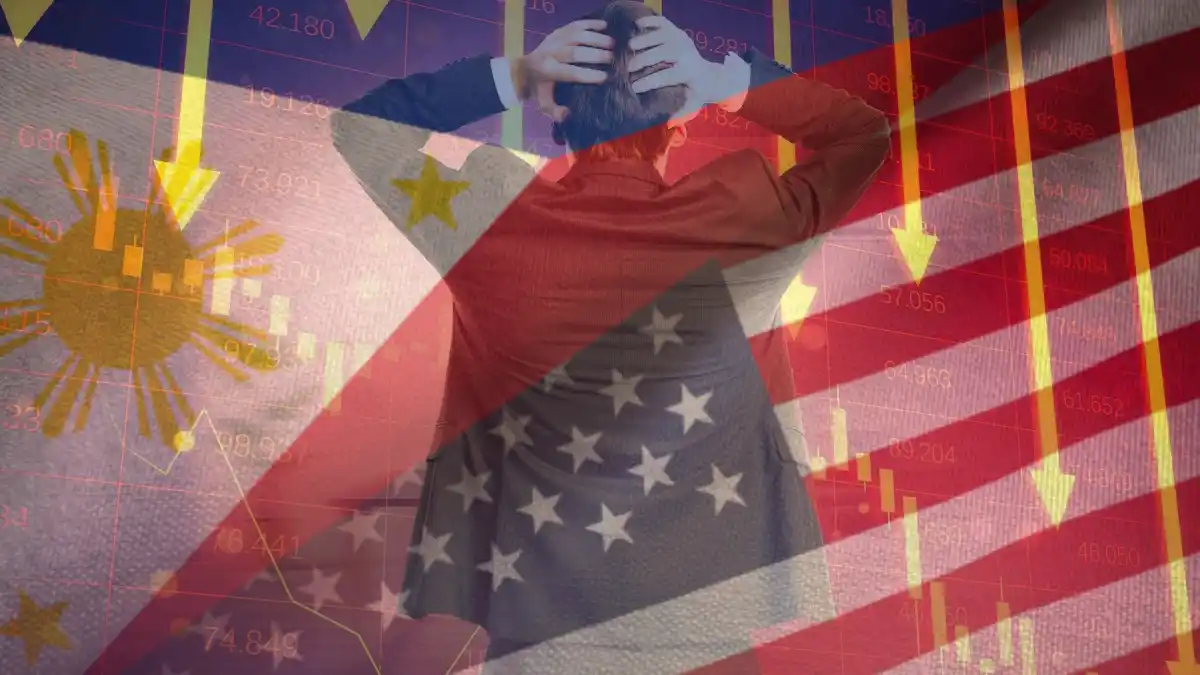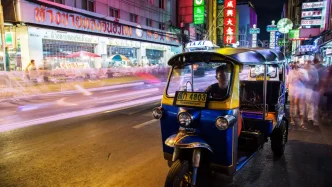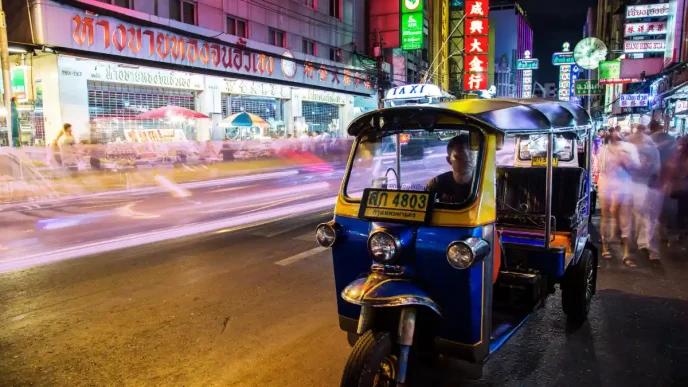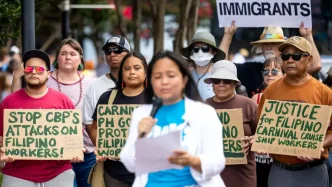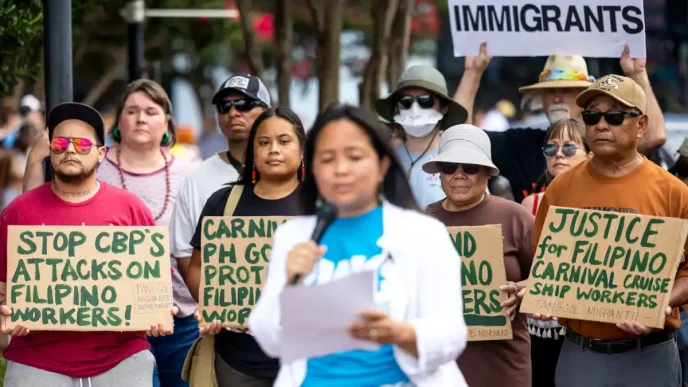Philippine President Ferdinand Marcos Jr. embarked on a critical three-day official visit to Washington on July 21, 2025, with a clear mission: to strengthen economic ties with the United States and address a looming 20-percent tariff on Philippine exports set to take effect on August 1. In a predeparture speech at Villamor Air Base in Pasay City, Marcos emphasized the urgency of negotiating a bilateral trade agreement that would foster unique collaborations between the two nations, while also seeking to mitigate the impact of what he described as a very severe tariff schedule.
Economic Priorities at the Forefront
Marcos’s visit, his fifth to the United States since taking office, underscores the Philippines’ reliance on its largest trading partner. According to data from the Philippine Statistics Authority, the US accounted for 16.6 percent of the country’s $73.27 billion in export sales in 2024, making it the leading destination for Philippine goods. Over the past five years, US foreign investment in the Philippines has reached 165.93 billion Philippine Pesos (~US$2.9 billion), as reported by the Philippine Embassy in Washington. These figures highlight the stakes of Marcos’s economic agenda during his talks with US President Donald Trump and key Cabinet officials.
In his address before departing Manila, Marcos outlined his intent to push for greater economic engagement through trade and investment. He expressed readiness to negotiate a bilateral trade deal that would ensure “strong, mutually beneficial, and future-oriented collaborations” exclusive to the US and the Philippines. This proposed agreement aims to deepen economic ties at a time when global trade dynamics are increasingly competitive, particularly in the Southeast Asian region.
Beyond the trade deal, the impending 20-percent tariff on Philippine exports looms large over the discussions. Marcos acknowledged the potential economic strain this policy could impose and signaled his intent to engage in constructive dialogue with the Trump administration to alleviate its effects. While specific details of the tariff’s scope remain limited in public discourse, its implementation could disrupt key export sectors, including electronics, apparel, and agricultural products, which form the backbone of Philippine trade with the US.
A Packed Diplomatic Agenda
Marcos’s itinerary in Washington reflects the multifaceted nature of the Philippines-US relationship. Upon arrival at Joint Base Andrews in Maryland, the Philippine delegation—comprising Foreign Secretary Ma. Theresa Lazaro, Defense Secretary Gilberto Teodoro Jr., Trade Secretary Cristina Roque, and other senior officials—began a tightly scheduled series of meetings. On the first day, Marcos was set to hold separate discussions with US Secretary of State Marco Rubio and US Defense Secretary Pete Hegseth, focusing on both economic and security issues.
The centerpiece of the visit is a meeting with President Trump at the White House on July 22, where economic and trade concerns are expected to dominate the agenda. Additionally, Marcos plans to engage with business leaders to explore investment opportunities that could bolster the Philippine economy, a recurring theme of his international trips. However, due to time constraints, Malacañang confirmed that the President would be unable to meet with the Filipino community in the US during this visit.
Marcos’s trip also carries symbolic weight, as he is the first head of state from the Association of Southeast Asian Nations (ASEAN) to meet with Trump since the latter’s return to the White House in January 2025. This distinction underscores the enduring strength of the nearly 80-year-old alliance between Manila and Washington, rooted in deep historical and cultural ties dating back to the Philippines’ independence from the US on July 4, 1946.
Security and Regional Stability in Focus
While economic issues take center stage, Marcos and Trump are also expected to address defense cooperation, maritime security, and regional stability amid evolving geopolitical challenges in the Indo-Pacific. The Philippines, strategically located near contested areas like the South China Sea, remains a key ally for the US in maintaining a rules-based international order. The 1951 Mutual Defense Treaty continues to serve as a cornerstone of this security partnership, providing a framework for joint military exercises and strategic coordination.
Recent high-level exchanges between the two nations further illustrate the active engagement on security matters. These include a meeting between Rubio and then-Philippine Foreign Secretary Enrique Manalo in February 2025, Hegseth’s visit to Manila in March, a bipartisan US congressional delegation’s trip in April, and a courtesy visit by US Director of National Intelligence Tulsi Gabbard to Malacañang in June. These interactions reflect a shared commitment to addressing regional tensions, particularly in light of assertive actions by other powers in the South China Sea.
Domestic Continuity Amid Absence
Back in Manila, Marcos ensured continuity of governance by appointing Executive Secretary Lucas Bersamin, Justice Secretary Jesus Crispin Remulla, and Agrarian Reform Secretary Conrado Estrella III as caretakers during his absence. Bersamin affirmed that the President’s directive was to maintain regular operations, with constant communication ensured throughout the trip. This arrangement reflects Marcos’s intent to balance international diplomacy with domestic responsibilities, particularly as the Philippines navigates economic recovery and internal reforms.
Broader Implications of the Visit
Marcos’s visit comes at a pivotal moment for US-Philippines relations, as both nations grapple with the complexities of global trade and regional security. The proposed bilateral trade deal, if realized, could serve as a model for economic partnerships in the ASEAN region, potentially positioning the Philippines as a key gateway for US investments in Southeast Asia. However, the looming tariff issue introduces uncertainty, with analysts suggesting that a failure to secure exemptions or adjustments could strain bilateral trade flows and impact Philippine exporters disproportionately.
From a geopolitical perspective, the visit reinforces the strategic alignment between Manila and Washington, particularly as the US seeks to counterbalance China’s influence in the region. The Philippines’ role as a frontline state in maritime disputes makes its alliance with the US a critical component of broader Indo-Pacific strategies. Enhanced defense cooperation, potentially discussed during Marcos’s meetings, could further solidify this partnership, with implications for regional stability and the enforcement of international maritime law.
Economically, the stakes are equally high. The US remains not only a major market for Philippine goods but also a significant source of foreign direct investment. A successful negotiation on tariffs and trade could unlock new opportunities for growth, particularly in sectors like technology and manufacturing, where the Philippines has shown competitive potential. Conversely, unresolved trade barriers could hinder economic momentum, affecting jobs and livelihoods dependent on export industries.
Looking Ahead
As Marcos engages with Trump and other US officials, the outcomes of these discussions will likely shape the trajectory of Philippines-US relations for years to come. Whether a bilateral trade deal can be finalized or the tariff issue resolved remains to be seen, but the visit signals a proactive approach by Manila to safeguard its economic interests while reinforcing strategic alliances. For now, the Philippine delegation’s efforts in Washington carry the weight of national expectations, with the hope of securing outcomes that benefit both nations amid an increasingly complex global landscape.
As the talks unfold, the broader implications for Southeast Asia’s economic and security architecture will also come into sharper focus, raising questions about how smaller nations can navigate the interests of major powers while pursuing their own development goals.

